10 Things to Consider While Using Auto-Pilot System on Ships
Back in the old days of merchant shipping, the ‘Quarter Master’ was a vital member of the Bridge team. ‘Quarter Master’ was the title given to the able bodied seamen whose primary responsibility was to steer the ship according to the Master’s and Officer’s helm orders. Quarter Masters kept watches and took turns on the helm all day when at sea. This practise continued until automation took over in the field of navigation. The significance of Quarter Master almost vanished off when the revolutionary equipment ‘Auto-Pilot’ was invented. It was during the early 1920’s when an automated steering and helm control system was introduced onboard merchant ships.
Auto-Pilot system is considered as one of the most advanced and technically sophisticated navigational equipment tools on ships. Auto-Pilot is synchronised with the Gyro Compass to steer manually input courses, with reference to the gyro heading. Auto Pilot steers the manually input course by controlling the steering gear to turn the rudder in the required manner. Furthermore, modern auto-pilot systems are capable of being synchronised with the Electronic Chart system (ECDIS) enabling to follow the courses laid out in the Voyage plan. This feature cuts out the need of manual course changes and alterations as the system will follow the courses and alterations as per the voyage plan.

Auto-pilot system is surely an undeniable boon in modern navigation. However over-reliance on the equipment and poor comprehension of its efficiency and limitations has resulted in several accidents at sea. This was also because of the inability of the operators to study the equipment beyond its basic features.
The below notes are a brief outline of 10 important points to be considered while operating Auto-pilot system onboard for safe and smooth navigation.
1. Rate of Turn and Rudder Limits
The method of turn is the most important control of the Auto-Pilot system. The system will use the selected turn method for course alterations. The user can input the limit of such turn methods, which are as follows
a. Rate of Turn
This is the most commonly used turn method. In this method, the user can set a value of turn rate between 1-300 degrees (varies on different models). When turning, the rudder will move as much as it takes to attain the required turn rate without exceeding the set value. The officer must consider the vessel’s manoeuvring characteristics and set a value safe for the vessel.
b. Rudder Limits
Rudder limit method allows the user to set a value from 1 degree to the max rudder angle. In this method, while altering course the rudder will not exceed more than the set limit. Again, the vessel’s manoeuvring characteristics should be considered while choosing the rudder value.
Modern systems allow turning by radius as well. In such method the user can input turn radius in nautical miles.

2. Steering Gear Pumps
Steering gear pumps are used to pump hydraulic oil to actuate the steering gear unit (RAM) which in turn moves the rudder in the required direction. That means, when more pumps are running, the rudder will move more swiftly. The number of pumps available varies as per the steering gear unit.
The officer of watch should be aware of the pumps and use it wisely.
If operating the auto-pilot in areas with traffic density where sudden and swift alterations are required, maximum steering gear pumps shall be running.
In ocean cruising and open sea navigation with less traffic, the pumps running shall be reduced to its minimum.
3. Off Course Alarm
An off-course alarm serves for the purpose of notifying the operator if there is any difference in the set course and the actual heading of the vessel. The user can manually set the required amount of degrees, after which an alarm will sound to notify the user that the set degree of difference has exceeded.
However, the user has to keep a check on the course changes as in some cases when the gyro compass wanders its course, the auto-pilot will follow the wandering compass and fail to sound the alarm.
4. Manual Mode
The steering controls of the system can be categorised as Automatic and Manual mode. It allows the ship to be navigated either in Manual mode or Automatic mode by switching the controls.
In Manual Mode, the vessel can be hand steered by using the Follow-Up Helm or a Non-Follow up emergency tiller.
Hand steering is used when the ship is manoeuvring, and navigating in restricted waters, channels and areas with traffic density traffic density.
NFU tiller when used will move the rudder in a desired direction but not to a specific angle. This is used in case of emergencies.
The user must be familiar with the procedure of inter-switching from Auto and Manual modes.

5. Traffic Density
The use of Auto-Pilot is not recommended when navigating in areas with high traffic density, narrow channels and traffic separation schemes and other restricted waters. The auto pilot may not be efficient enough to turn the vessel spontaneously while navigating in such areas demanding swift alterations and manoeuvres to avoid a collision or close quarter situation. If the auto-pilot is used in such cases, all the steering gear pumps shall be switched on for better rudder response.
6. Speed
The system works inefficiently on reduced speeds. The use of the auto-pilot is not recommended when the ship is manoeuvring or steaming in very less speed.
The system allows the users to synchronise with the Speed Log to receive feeds on the ship’s speed. The users should keep a check on the speed log as any error in the log speed will reflect in the auto-pilot system.
The system also allows the users to manually input the speed, when doing so it is important to set a value as close as possible to the actual speed of the vessel.
7. Weather Conditions
Rough weather and hostile sea conditions have adverse effects on the performance of the auto-pilot. Uncontrolled yawing of the ship can result in excessive rudder movement. Modern auto-pilot system has Weather control option in which the system automatically adjusts the setting to adapt to the changing weather and sea conditions. It also provides an option for the user to manual set a specific value.
8. Gyro Compass
The Auto-Pilot system is functionally dependant on the Gyro Compass. If there is any error or fluctuation in the gyro heading, there will be an equivalent change in the course steered. In worse cases, when gyro fails, the system will lose track on its heading and will be unable to steer the required course.
In any case of emergency, power blackout or gyro failure the system should be immediately changed over to Manual mode and use the helm to steer the course using Magnetic compass.
9. Important Alarms and signals
Apart from off course alarm, an auto pilot must be integrated with:
a. Failure or reduction in power alarm, which will sound in the event of auto pilot failure or in case when there is reduction in the power supply to heading control or monitoring system
b. Sensor status monitoring: If any of the sensors in the auto pilot system fails to respond, it should be indicated by an audible alarm in the monitoring system
c. Heading monitor: If the ship is required to carry two independent compasses, a heading monitor to track the current heading information by independent heading sources must be provided. An audio-visual alarm both to be provided if the heading information in use diverts from the second heading source beyond a set limit. It should also be provided with clear indication of actual heading source.
10. Important Limitations: The auto pilot system must be such that the preset heading cannot be altered by intentional intervention of onboard personal and the heading control system should change the course to preset heading without overshooting its position
As we have stated above, auto-pilot is an undeniable boon in modern navigation. It is the responsibility of the officers to ensure that they are completely aware of the equipment and its features and controls to make a proper and efficient use of it. Despite the fact that auto-pilot systems varies in model from ship to ship, it’s working principle and features will be the same. Deck officers making use of the equipment are strongly recommended to read the manufacture’s operating manual to get a thorough understanding of the equipment.
You may also like to read – An Insight into the Automated Guided Vehicle (AGV) Used in the Maritime Industry
Do you have more points to mention?
If so, we would like to see them as comments.

About Author
Raunek Kantharia is a marine engineer turned maritime writer and entrepreneur. After a brief stint at the sea, he founded Marine Insight in 2010. Apart from managing Marine Insight, he also writes for a number of maritime magazines and websites.
Do you have info to share with us ? Suggest a correction
Latest Marine Navigation Articles You Would Like:
Subscribe To Our Newsletters
By subscribing, you agree to our Privacy Policy and may receive occasional deal communications; you can unsubscribe anytime.



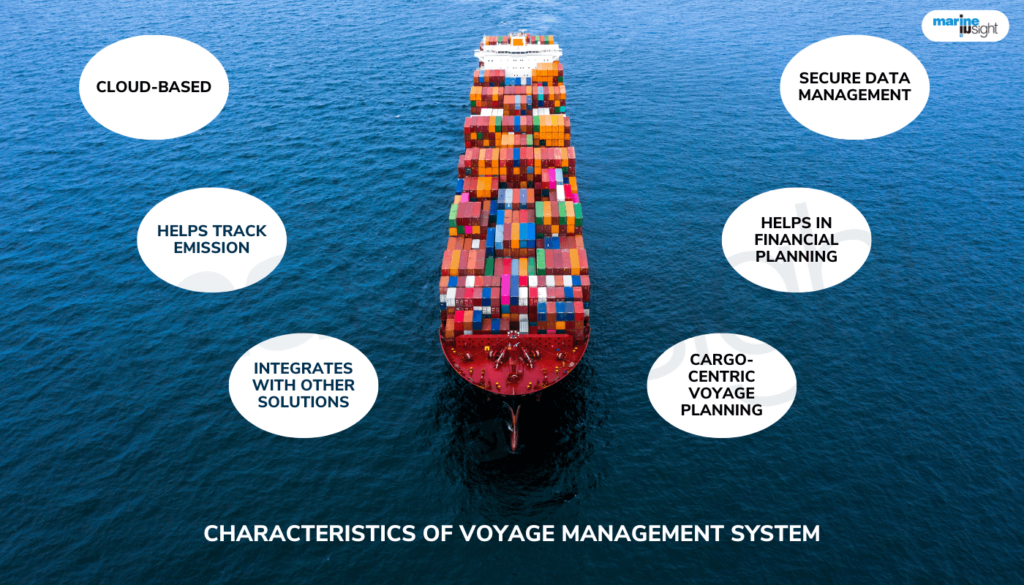

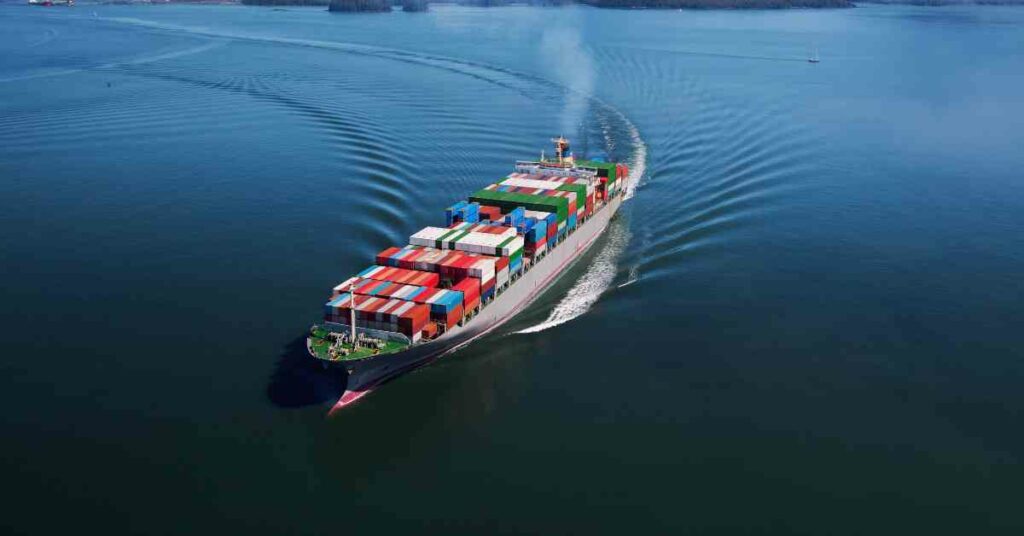

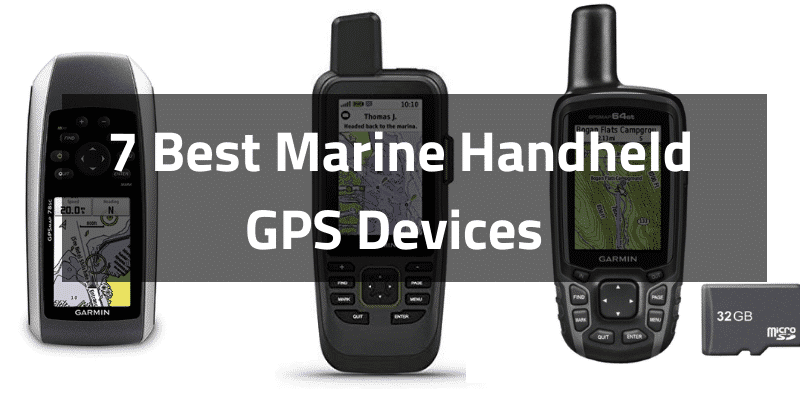
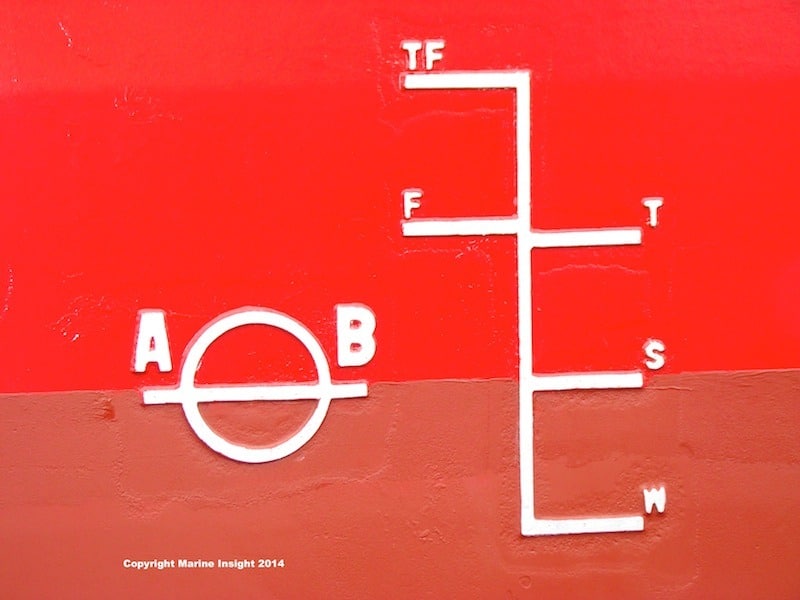



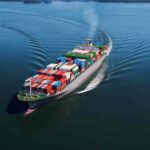



Mr. Nachiketh , it was great to read your post . I would be obliged if you post about P.I.D control feature of the auto pilot . Thanks
Hi. These are very useful tips, but you should point out that they don’t concern all vessels, only ships of abt 10000 grt and above.
Brgds
TF
Peaple forget, maskines don´t. Electricity lack, kills maskines. Don´t nessecearly kills people.
It is a feling, you are born whith it, not easy to lern.
With the amount of casualties that involve auto-pilot, what are everyone’s thoughts on restricting the use of auto-pilot in designating areas of heavy traffic, large quantities of known fixed objects (e.i, oil platforms), narrow channels, etc?
Most larger vessels also have a GPS based Directional Indicator. These use two GPS receivers, a meter or more between them, calculate their relative positions, and extrapolate a heading from them. An autopilot-independent system, which is also programmed with the course (maybe plugged into the same keyboard), would serve as a “second opinion”, and sound an alarm when there is a deviation from set course or heading. These GPS compasses are unaffected by military-motivated offsets, as they rely in relative positions, rather than absolute positions.
I wonde rtoo, if “dampers” are used, to reduce the hard work that autopilots do in heavy weather. Ships, as well as yachts, corkscrew through heavy seas, and rather than try to fight the corkscrew motion, the autopilot should be able to hold an average course, averaged over several (adjustable) minutes. Computer processing power these days, is well able to handle that.
Cute
The ship’s trim and loading conditions also the sea beafort scale were values which should be considered for better manoeuvring during navigational watch level 1 and 2.
If we want to change manual steering to auto pilot then what procedures we have to do plz answer this question in my mail id jamwalpuneet7@gmail.com
Hi Nachiketh Bhattathiri, I’m Capt. S Murali Krishnan of AMET university and joined after you passed out. I’m overwhelmed with joy to see your articles.They are so good and well researched, I am using them to improve the quality of my notes for teaching. We interacted in the staff room when you came to the campus after your sea time for some work.
All the very best to you.
Thanks for this wonderful guidelines. I didn’t have much understanding about navigation and the safety and security measures .i want to pursue my career in maritime administration and i need your help . I have the opportunity yesterday to apply for the position security and safety officer. Now i need help how to answer some of the interview questions on safety and security in vessel operation. Am very happy to be part of this forum. Please help as a i want have this job.
@Tamba: Please use our forums- https://forums.marineinsight.com for discussion.
My query is in exam I heard asking offcourse alarm action?
So do we have to talk about autopilot various settings adjustment like rudder, counter helm etc or we have to say about gyro failure which causing wandering of heading.
Plzzzzzz advice but if gyro fail it should come with gyro fail alarm.
Thanks in Advance
Question
What is the difference between track pilot and auto pilot?
Thanks